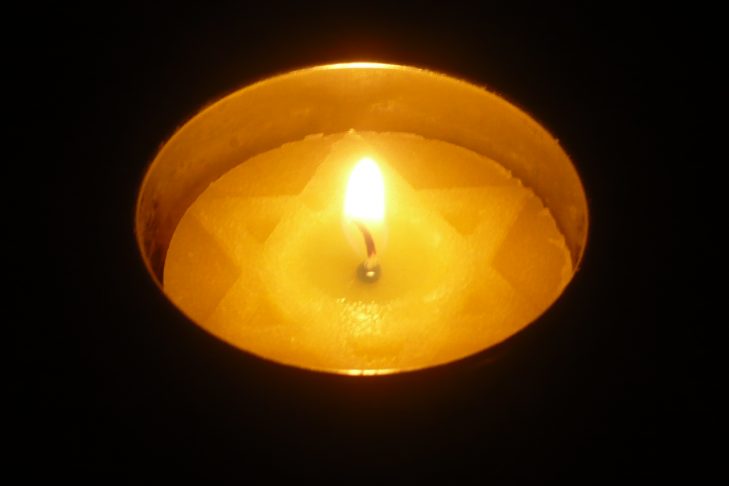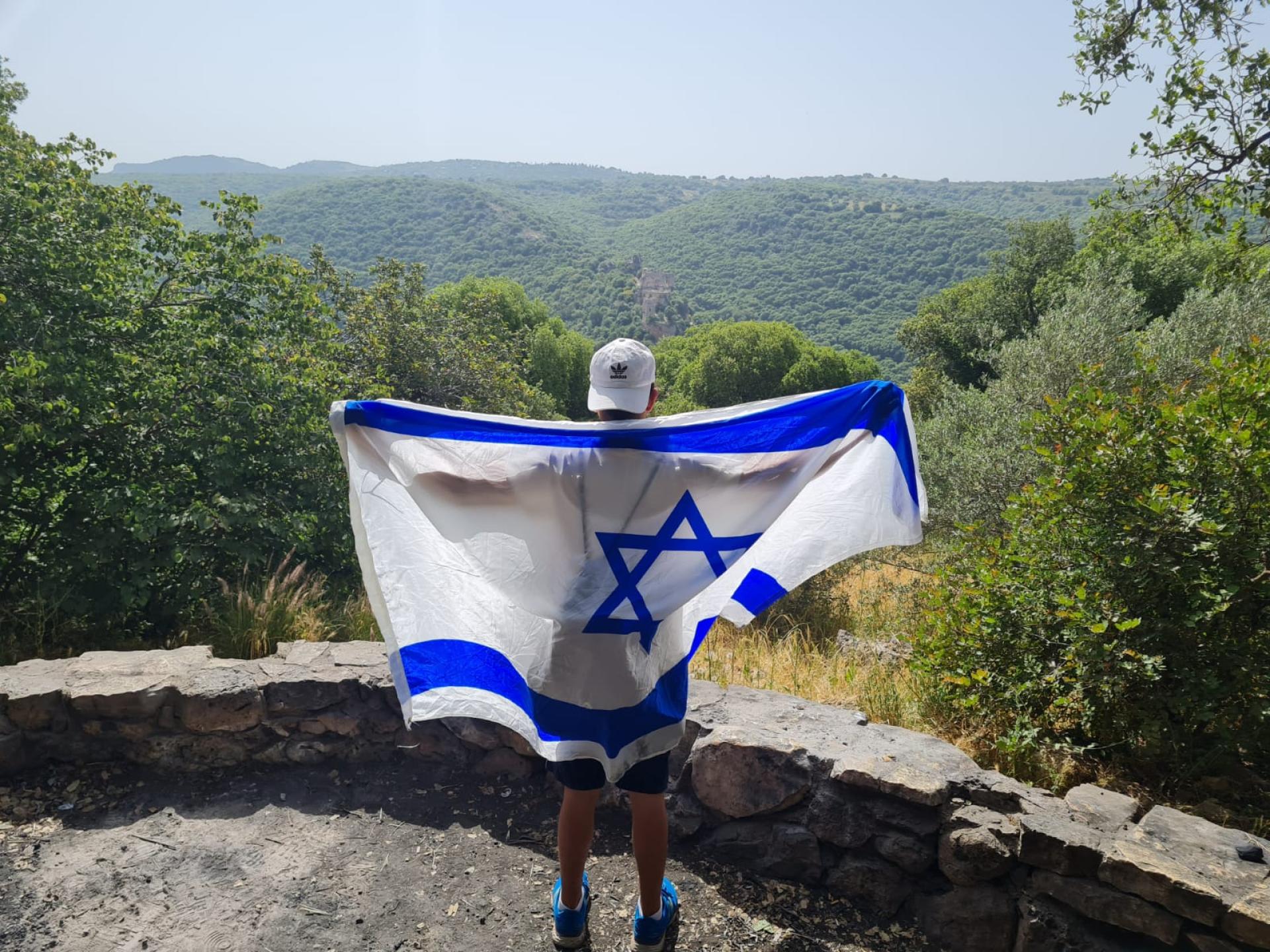By Kara Baskin
Speaking up to report an antisemitic incident takes courage. It requires vulnerability. But it’s also immensely powerful. While you should absolutely contact law enforcement if you’re the victim of a crime, we all know that antisemitism can be so much more insidious: Maybe you spotted vandalism at a school or read antisemitic content in a news story. If you see or experience something antisemitic, you can report an incident to the Anti-Defamation League (ADL).
Why? The ADL was founded in 1913 to stop the defamation of Jews, going on to branch out to all forms of racial bias and extremism. Today, the ADL logs all reports of antisemitic incidents. From these reports, they harness annual data to identify trends, which informs outreach to law enforcement, community leaders and lawmakers. They also partner with schools on anti-bias initiatives.
Most of all, their published reports are a crucial snapshot that captures the state of bias in the United States. Thanks to their reporting, it was revealed that antisemitic incidents in the U.S. reached an all-time high last year with a total of 3,697 incidents of assault, harassment and vandalism tracked by ADL’s Audit of Antisemitic Incidents. This represents the largest number of incidents against Jews in the U.S., recorded by ADL since 1979. Knowing this, the ADL can craft tools to target and vanquish hate—and to amplify the problem, backed up by data, reminding all of us that antisemitism is still incredibly widespread.
So, what can you do? To demystify the reporting process, I spoke to Peggy Shukur, interim regional director of ADL New England.
People might consider reporting something and then wonder: To what end? Why report an incident?
I want to make sure that everybody knows that if they report—even though they may feel very vulnerable, and that it’s scary, and they’re putting themselves out there—they can do it anonymously. We’re not going to share their name or information with anybody.
The act of reporting is so helpful, because we use those numbers for our audit of antisemitic incidents. We’re able to take that to policymakers, to elected officials and to the community to say: This isn’t a problem of the past. This is a problem of today. For example, we can advocate for additional funding for Holocaust education and for community security grants to protect faith-based institutions to offset some of those exorbitant costs of additional security that, unfortunately, is a requirement for Jewish congregations. Public data gets attention.
What exactly does the ADL do with this data and with this information? How do you make these numbers work for the public good?
Each year, we do an audit of antisemitic incidents of harassment, vandalism or assault against individuals and groups that were reported to ADL. We typically don’t include online incidents, because there’s no way we could categorize everyone who is harassed online. We take the information, and we make a phone call to the person who reported it. It may be as simple as: “We’re aware of this; we’ll be back in touch with you if we need more information.”
For example, when a swastika was found in Natick in April, we had probably a dozen incident reports on that. We want to let people know we’re on it and we’re aware, but we just don’t have the resources to call every single person back. Our work is to categorize it: Does it meet the requirements of vandalism of property or harassment or assault? Is it clear that there’s some sort of anti-Jewish animus on the part of the perpetrator? We will make our own best judgment of whether a reasonable person could conclude that they were victimized due to their Jewish identity.
How do you determine what rises to the level of an antisemitic incident?
There’s a lot of judgment. We don’t just take everything as reported. We get our fair share of trolling incidents and fabricated incidents, which are pretty easy to vet and not include. There are a lot of people out there who just don’t know where else to go and who report things that are troubling or concerning, which might indicate some sort of mental health need but wouldn’t really be an antisemitic incident.
If 12 people report the same incident, does the ADL count it as one incident? Or do you count each report?
One incident. Consider something like banners on overpasses. It’s one incident, even though many people were harmed and affected by it. We also compile another report on white supremacist propaganda. A subset of that is antisemitic in nature. But some of it is anti-gay, racist, et cetera. Reporting those incidents is also really important to us because we track extremist movements as well. That’s really important information to us, as we’re looking at trends and where these groups are operating.
Why is this reporting so important overall?
It’s important to count and validate. It’s also important for many individuals to report because it validates what they’re experiencing, which is often fear and intimidation. That’s a really important thing to acknowledge. There’s a lot of gaslighting with antisemitism, unfortunately—people saying: “It’s not so bad. You shouldn’t feel so bad about this. It’s not a big deal.” And, actually, it is a big deal.
I also like to stress that, with reporting and acknowledging that antisemitism is a real problem, it allows people to be empowered to act. At the end of the day, we want the full community to feel that they are not alone and that together, they can stand up and confront antisemitism. And I think that having a way to report this, to acknowledge it, to see the numbers, is a really important component to that work of making people feel like it is legitimate to raise this as an issue. The harm they’re feeling can be heard and seen.
What can someone who reports expect after they file?
They should expect some kind of email or phone call, but we are not a legal services agency. When somebody feels like they need a lawyer, the best we’re going to be able to do is refer them to someone. There are limitations to what we can do. People often want us to shut down a speaker on a topic, which we can’t do, because of the First Amendment. But we can do some things around the situation. For example, if a university is hosting a speaker, we can ask the university to distance themselves from any hateful views of that speaker, even if it’s taking place on the university’s campus. We will work with people to try to find a way to address the concern.
If there’s a school-based incident, we will call the principal and maybe the superintendent to ensure they know about the professional development services that we can provide in terms of anti-bias education. We have a really wonderful guide for school administrators on responding to incidents of hate and bias when they happen, including how to communicate with your school community.
Believe it or not, there are still schools at which an incident will happen—and, of course, kids are going to come home and talk about it—but the school won’t put out a communication for whatever reason. Maybe they just think that it’s a bad reflection or it gives too much attention. That is not our recommendation. We’ve put all of that advice—a roadmap to responses—available for free online. It includes reflection moments. It’s not just focusing on the person who perpetrated the incident; it’s for all the people who are affected by it to use as a teachable moment. We’ve been trying to provide resources for the most common types of incidents. In terms of what you can expect if you report, you can expect that we will get in touch with your school and provide those resources to them so that this kind of incident ends up being a teachable moment.
In Natick, the town knew just what to do. They reported it. Law enforcement got involved. They organized a rally. We’ll count that; we’ll also do our best to make a call, in that case to the organizers of the rally just to make sure they knew we’re available as a resource and support.
How do you interact with communities and schools?
We want to make sure that schools have the resources to respond to these types of incidents in the future as well. While we won’t be so much a legal advocate, we want to make sure that our guides are in the hands of the right people, that they have available professional development so that educators are well-versed in addressing issues of hate and bias—not just limited to antisemitism, because it’s all connected.
There may be particular cases where we’ll be involved enough to write a letter to say: “We’re concerned about XYZ, or this was brought to our attention,” and try to facilitate a meeting about what’s going on. For example, we were involved in some incidents in Danvers a couple of years ago, involving a hockey team and some antisemitic, anti-gay and racist messaging. That might be a situation where our involvement might be a little bit deeper. In most cases, there’s a lot of receptivity from schools for these resources, because they don’t have this at their fingertips. In my perfect world, we would find a way to distribute this to every superintendent for use in their school district—because it’s not if an incident of hate or bias is going to happen, it’s when.
Can a school district call you? Or do you reach out to them?
School districts can call us at any time. We have educators on our staff, and they are involved in delivering our World of Difference anti-bias peer learning program, as well as providing professional development for educators throughout New England. We also run the No Place for Hate program, which schools can elect to join at no cost, where they commit to doing three anti-bias activities in the course of a year and be designated a No Place for Hate school.
Who else do you work with?
Individuals in the community—perhaps an individual who isn’t given enough of a religious accommodation or gets some sort of penalty if they try to take days off for particular holidays. That’s a common one. We might be involved with the sale of antisemitic content online. A couple of years ago, for example, there was a company selling a caricature of a Jewish merchant with a big nose, greedy looking. This is an example of where we jumped in and worked with [the vendor] to stop selling something.
What might stop people from reporting, and what can you share with those who are reluctant?
I really want to remind them that these numbers are important. We won’t share their name or any information with law enforcement. We won’t publicly disclose any of their information. Sometimes people just need to be heard.
There is often a fear of retribution, but people still need to have their stories heard. We are able to collect those stories and follow those trends, which informs the education and prevention work that we do. We begin with incident response, but that’s not where ADL’s work ends. We’re involved every day on the education side of fighting hate and bias.
Kara Baskin is the parenting writer for JewishBoston.com. She is also a regular contributor to The Boston Globe and a contributing editor at Boston Magazine. She has worked for New York Magazine and The New Republic, and helped to launch the now-defunct Jewish Rock and Roll Hall of Fame. Email her at kara@jewishboston.com.



